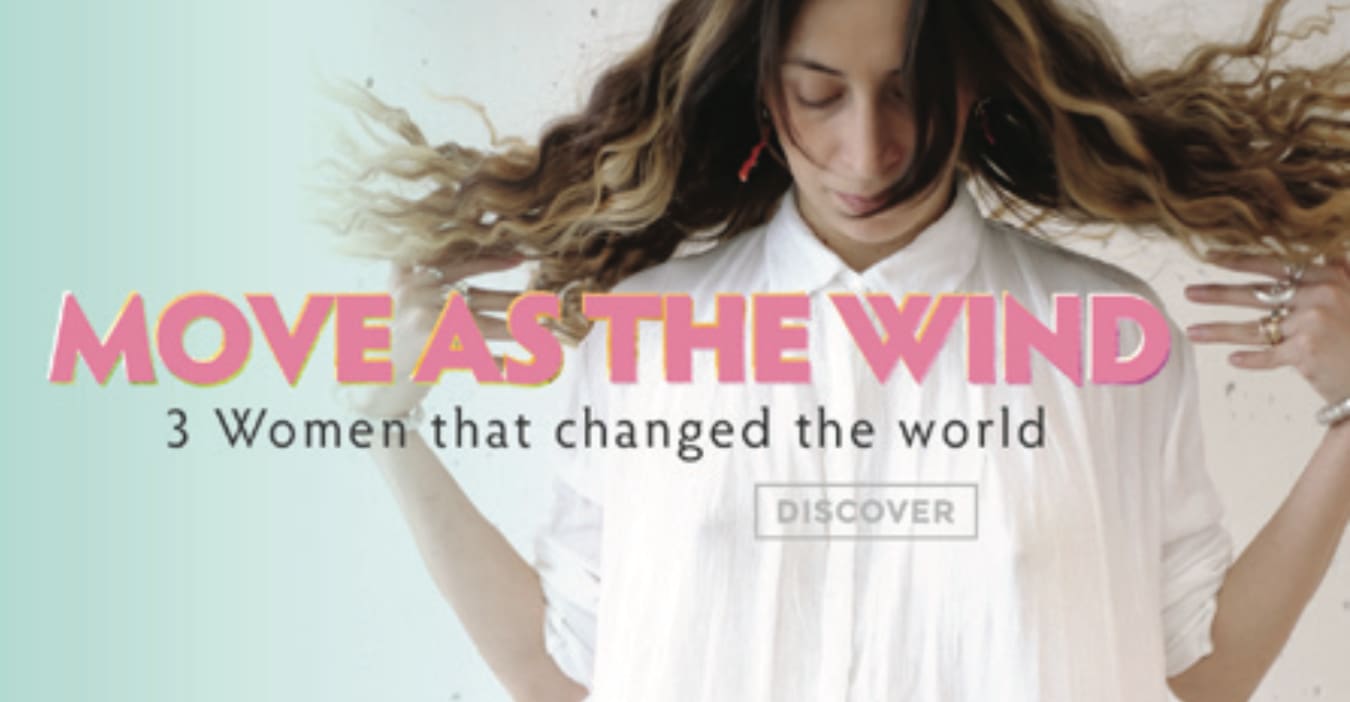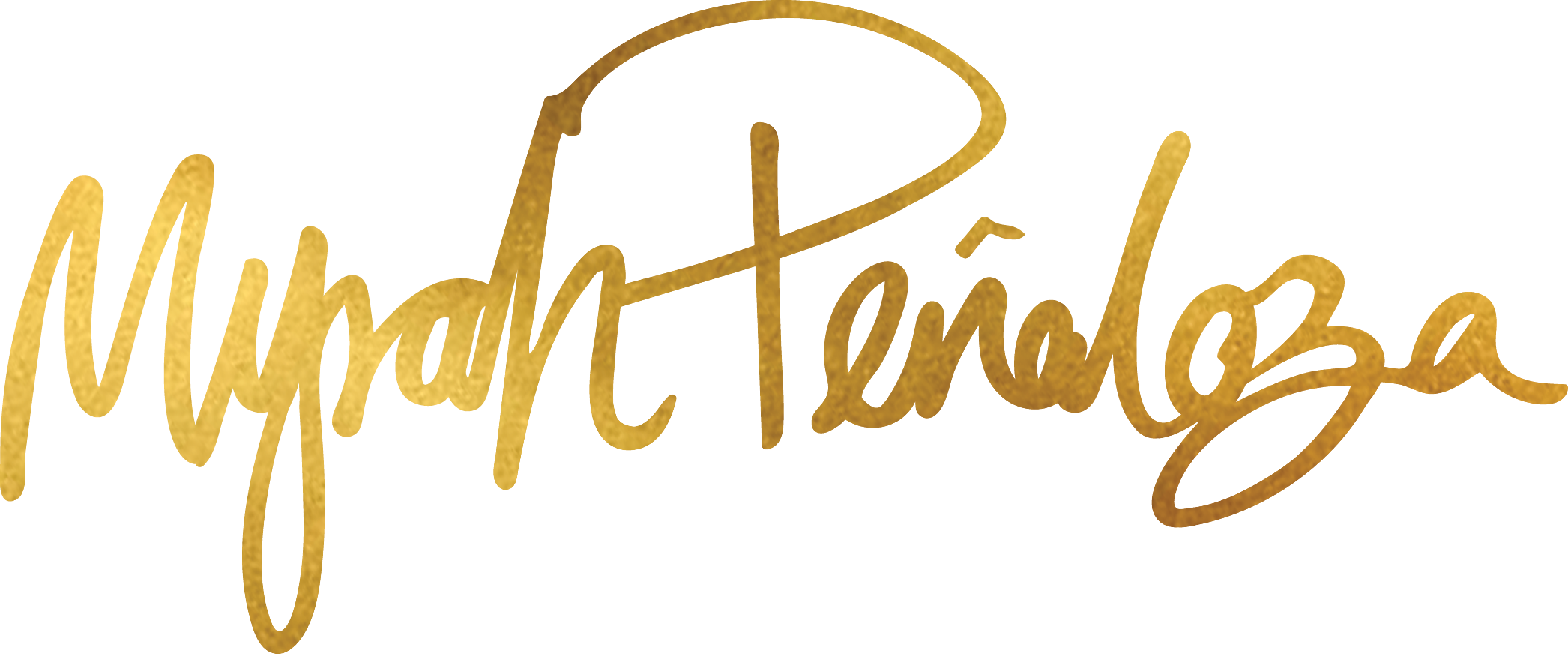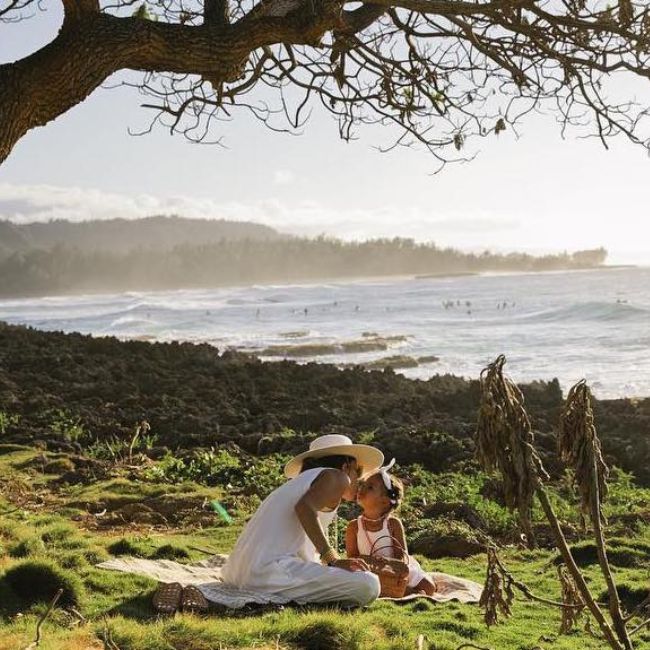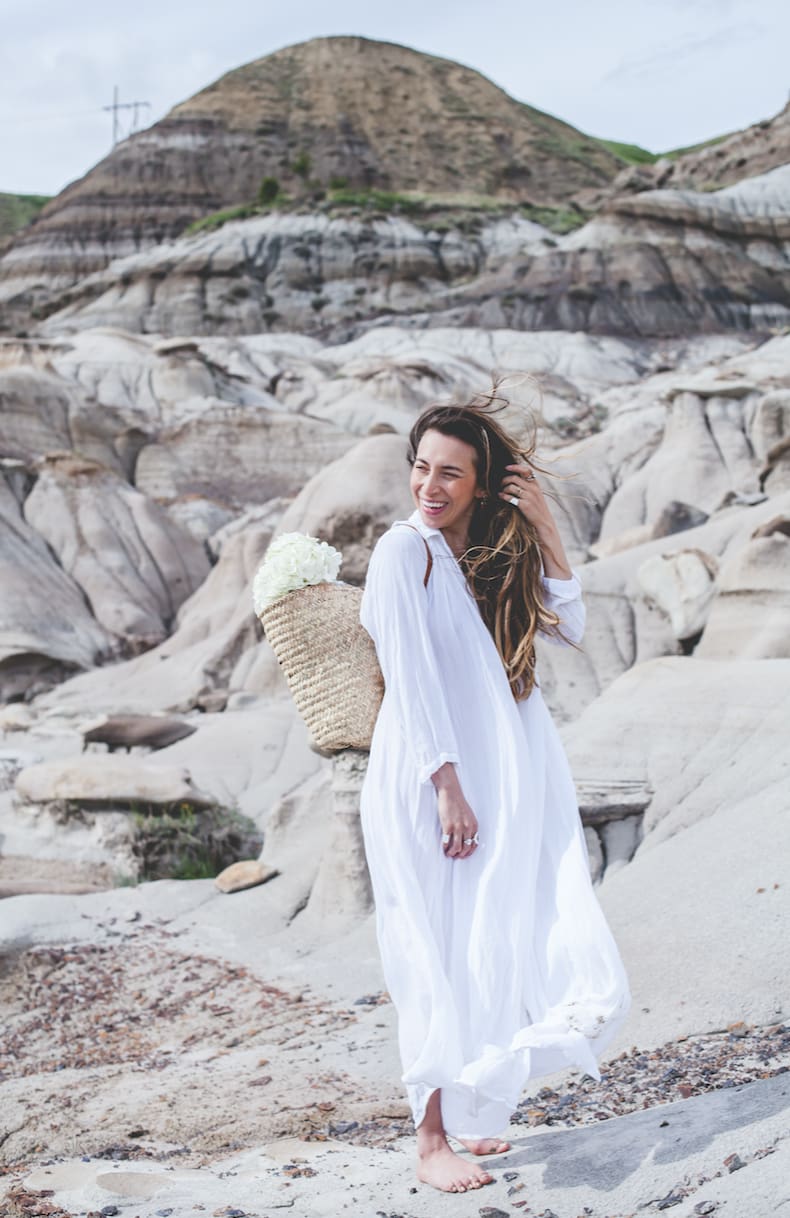
Move As the Wind — 3 Women that changed the world.
1. Frida Kahlo
July 6, 1907 – July 13, 1954) The Mexican painter Frida Kahlo has been described as a surrealist or magical realist. Her work has been celebrated internationally as emblematic of Mexican national and indigenous traditions, and by feminists for what is seen as its uncompromising depiction of the female experience and form. Most of her paintings are self-portraits inspired by Mexican popular culture, naïve folk art that explore questions of identity, postcolonialism, gender, class, and race in Mexican society. Her paintings often had strong autobiographical elements and mixed realism with fantasy.
You can't really visit anywhere in Mexico without seeing photos of Frida everywhere and it is because she was a stand for Mexico and Female Artists in a time when it wasn't popular to be either. Originally Vogue wanted to put her on the cover of their magazine with American clothing and she denied it and would only go on the cover with traditional Mexican adornments. They obliged and it was truly a major movement in women's empowerment and pride in Mexican culture.
She was a representation of an "unapologetic woman. Kahlo painted a feminine reality which makes visible so much that has remained hidden in women's lives.
One of the many examples of this in her art is "My Birth," (1932). In this small tin painting the head of Kahlo, with closed eyes, is emerging from between a woman's outstretched legs. An image above the bed shows the "Mater Dolorosa," the Virgin of Sorrows, pierced by swords and weeping, thus also suggesting the child could be the one the artist had recently miscarried. This is a startling image for Western audiences since childbirth has not been addressed, if at all, so frankly in Christian iconography. Through a woman's consciousness Kahlo brings to center stage the process of birth in which women, not men, play a dominant role.
Kahlo's art and life often reveals the ongoing struggle for self-determination in the lives of women. Kahlo forged an identity in her paintings outside the strictures of her society. Her art deals with conception, pregnancy, abortion and gender roles in an unusually frank and open manner, thus making them political statements because women have not generally felt free to address such personal subjects so publicly.
2. Dr. Mae Jemison - Meet at Super Scientist!
Astronauts aren't born — they go to school and learn about science just like everyone else! Dr. Mae Jemison's curiosity and energy led her to learn about many things. She went to the library and dancing school. She even acted in school plays and was elected to her school government. And even though astronauts are brave, Dr. Jemison had to conquer her own feelings of fear growing up, too, as all children do.
Dr. Mae Jemison, an American physician, is the first African-American female astronaut. Before her career at NASA, she worked in a Cambodian refugee camp in Thailand and served in the Peace Corps in Sierra Leone and Liberia. She was accepted to NASA’s astronaut training program in 1987 and in 1992, as a science mission specialist aboard the Space Shuttle Endeavour, she became the first African-American woman in space.
When the space shuttle Endeavour launched into orbit in 1992, Mae became the first African-American woman to orbit the earth. Mae looked down from the shuttle and saw Chicago. She remembered visiting the library, making science fair projects, and dancing. "I felt like I belonged right there in space," she remembers. "I realized I would feel comfortable anywhere in the universe — because I belonged to and was a part of it, as much as any star, planet, asteroid, comet, or nebula."
3. Malala Yousafzai
Malala Yousafzai is a Pakistani advocate for girls education and the youngest-ever Nobel Prize laureate. In 2009, when Malala was just eleven she began blogging about life under the Taliban, speaking out directly against their threats to close girls’ schools. (Pakistan has the second highest number of children out of school and two-thirds of them are female.) The blog on BBC Urdu garnered international attention while also making her the target of death threats. In October 2012, a gunman shot her and two other girls as they were coming home from school. Malala survived the attack and in 2013 published an autobiography, I Am Malala: The Girl Who Stood Up for Education and Was Shot by the Taliban. In October 2014, Yousafzai received the Nobel Peace Prize.





Leave a comment
This site is protected by hCaptcha and the hCaptcha Privacy Policy and Terms of Service apply.